 q'
in t, add the production
q
q'
in t, add the production
q aq'.
If q' is a terminal state (in F) also add the
production q
aq'.
If q' is a terminal state (in F) also add the
production q a.
a.

 .
.
Given a finite state automaton with states Q (of which S is the start state and F is the set of final states), alphabet T and transition function t we would like to construct an equivalent regular grammar. Recall that to define a grammar we need to specify the set of terminals, the set of non-terminals, the start symbol and the set of production rules.
 q'
in t, add the production
q
q'
in t, add the production
q aq'.
If q' is a terminal state (in F) also add the
production q
aq'.
If q' is a terminal state (in F) also add the
production q a.
a.

 .
.
Note that all the productions introduced conform to the restrictions placed on regular grammar productions.
Consider the finite state automaton M=< {S,A,B,C}, {a,b,c}, t, S, {S,C} > where t is the following set:
| t | = | { | (S,a) A, A, | |
(S,b) B, B, | ||||
(A,a) B, B, | ||||
(A,a) C, C, | ||||
(B,b) A, A, | ||||
(B,b) C, C, | ||||
(C,c) C C | } |
Graphically, this automaton would appear as follows:

We will now construct an equivalent regular grammar. From steps 1, 2 and 3, we conclude that the terminal alphabet of the grammar is {a,b,c} and the non-terminal alphabet is {S,A,B,C}. The start symbol is the initial state S.
From every transition rule (q,a) q'
we will now generate the production q
q'
we will now generate the production q aq':
aq':
| S |  |
aA | bB, |
| A |  |
aB | aC, |
| B |  |
bA | bC, |
| C |  |
cC |
For every production (q,a) q'
where state q' is a final state in F, we will generate the production rule
q
q'
where state q' is a final state in F, we will generate the production rule
q a. We have only three such transitions:
(A,a)
a. We have only three such transitions:
(A,a) C,
(B,b)
C,
(B,b) C and
(C,c)
C and
(C,c) C which will generate
the following productions:
C which will generate
the following productions:
| A |  | a, |
| B |  | b, |
| C |  | c |
Finally, since S is a terminal state, we also add the production
S
 .
The resultant set of production rules is thus:
.
The resultant set of production rules is thus:
| S |  |
aA | bB |  , , |
| A |  |
aB | aC | a, |
| B |  |
bA | bC | b, |
| C |  |
cC | c |
Note that S does not appear anywhere on the right hand side of rules thus making the
regular grammar  -free.
-free.
Give regular grammars equivalent to the following finite state automata:


